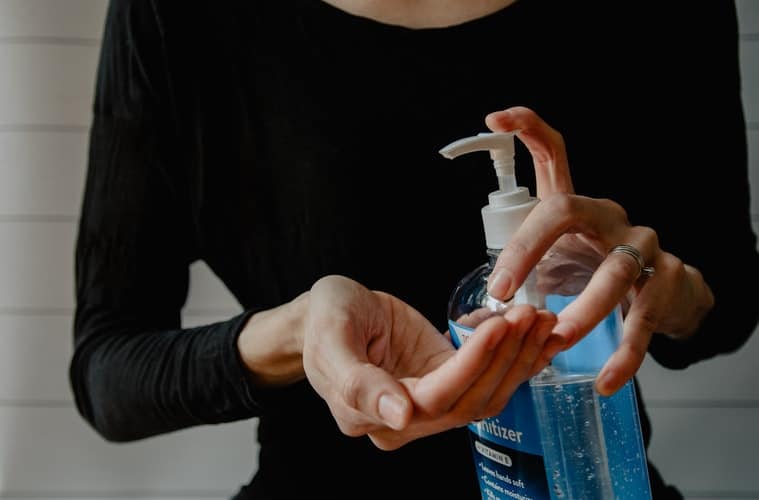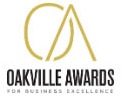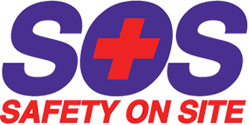CPR Training During Covid-19
To ensure social distancing and compliance with Ontario and Canadian guidelines regarding COVID-19, the Workers Safety Insurance Bureau (WSIB) has advised all First Aid providers to suspend in-person courses temporarily. People who require recertification for first aid need not worry. The WSIB has put workers and businesses at ease by providing a 90-day extension for anyone requiring recertification. The WSIB is the regulatory body that oversees first aid training in the workplace in Ontario.
How did we go from the first case of COVID-19 in Canada on January 25, 2020, to today where the numbers in Ontario are growing daily? Why was it necessary for organizations like SOS First Aid to suspend classes?
My name is Patty and I am a First Aid Instructor with SOS and a Paramedic or First responder. My initial thoughts and worries take me back to the SARS (Severe Acute Respiratory Syndrome) epidemic identified in 2003. SARS was also a coronavirus that originated in China in 2002. Transmission was primarily from person to person. SARS had flu like symptoms such as fever, headache, cough, breathing difficulties, tiredness and diarrhea. Global infection control regulations lead to the successful management and containment of the global outbreak.
What did we learn from SARS? How can we take lessons regarding precautionary measures learned then and apply them to our present situation?
We can and have been applying these lessons in our training sessions. There are guidelines and standards in place for classrooms and disinfecting and cleaning of equipment and surfaces. Students who are showing signs and symptoms of flu or illness are asked to stay home and reschedule their training to when they are well again. We do not want sick participants in our classes. Disease can spread easily as students are close contact with fellow students and touch each other when learning and practising new skills.
Health, safety and hygiene have always been a priority in first aid classes. How to prevent the transmission of bacteria and diseases and the use of Personal Protective Equipment (PPE) are part of the required curriculum. This includes wearing gloves when providing first aid care, their proper removal and disposal, hand washing with hot water and soap for 30 seconds. We even discuss the use of alcohol-based hand sanitizers when there is no access to hand washing which is preferable and more effective. When hand washing is available, do so.

Before we shut down our operations on March 16, we had added more access to disinfecting wipes, gloves, opportunities to wash hands to our classes, and kept a close watch on the development of the virus and adjusted our courses accordingly. Questionnaires were handed out to our participants asking them about their general health, whether they had a fever, cough, or travelled outside Canada or whether they had been in contact with someone who was unwell.
As the number of presumptive and confirmed cases continued to climb, public health officials and politicians began to implement a travel ban and the Ontario government declared a state of emergency mandating that places where people gather, like fitness centers and restaurants, close their doors temporarily. By March 18, 2020, all first aid providers shut down their operations temporarily.
At this stage, no one knows how much longer classes will be suspended. For clients who require first aid to meet workplace or school requirements, contact your employer or school and ask for an extension.
Blended first aid courses are a very good option for many. Currently, students are able to complete the online portion now of a blended first aid course. The online modules are the first half of their certification training. Once in-person classes resume, students will then be able to complete their one day training. This is the second part of the blended learning training. As long as you complete the in-class portion within 90 days of the online portion, the WSIB and the Red Cross will issue a valid certification for Standard First Aid. Normally the time to complete both training portions is 30 days between the online and the in-class, but the Red Cross and WSIB have granted a temporary extension to 90 days. Contact SOS to set up blended learning at [email protected].
What is COVID-19?
This virus is novel (which means new), also known as the coronavirus. It is a Respiratory Disease and there are certain people within our communities that are most at risk:

- Older adults (seniors). Not just with their advanced age, but most of them will have underlying medical conditions which make them more at risk
- Those with lung conditions such as severe asthma, emphysema, COPD
- Heart disease
- Diabetes
- Immune suppressed, such as those going through chemotherapeutic treatments
- Infants/young children that may not have strengthened their own immune systems yet
We need to follow the guidelines that are being placed by our Provincial and Federal governments. These are being updated continuously.
WHAT CAN WE DO?
Know the Signs and Symptoms:
Infected persons may show no to few symptoms, and they are similar to the cold or flu. In some cases take up to 14 days to appear. They are:
- Fever
- Cough
- Difficulty breathing
- Pneumonia l
Social Distancing: means to keep at least a distance of 1 metre between you and others when out, especially if that person is sneezing or coughing.
Using tissues to sneeze or cough into, and then disposing of them immediately.
Washing our hands, washing our hands, washing our hands!! For at least 30 seconds with soap and water.
Self Isolation: for those who have been in direct contact/exposure to this virus or due to recent travels abroad. For 14 days they should not attend any social gatherings, such as church, work, school, concerts, restaurants, malls, stores, or use public transit: buses, trains, taxis, etc.
Home supplies should be: (reasonable amounts)
- Soap – hand washing, dish and laundry
- Bleach
- Thermometer
- Alcohol based sanitizers
- N95 masks, if available. One use only.
- Vinyl or nitrate gloves. One use only.
- Paper towels
- Acetaminophen or Ibuprofen
- Facial tissues
Quarantining the ill and adjusting their care as needed.
We are attempting to “flatten the curve” of the spread of this virus. This means if we can slow down the new cases, it will give our doctors/nurses more time to respond and open up more resources for handling those who are ill.
This is all part of our mitigation strategy or system. This is our action plan to take control of this seemingly uncontrollable situation. We can all do our part!






